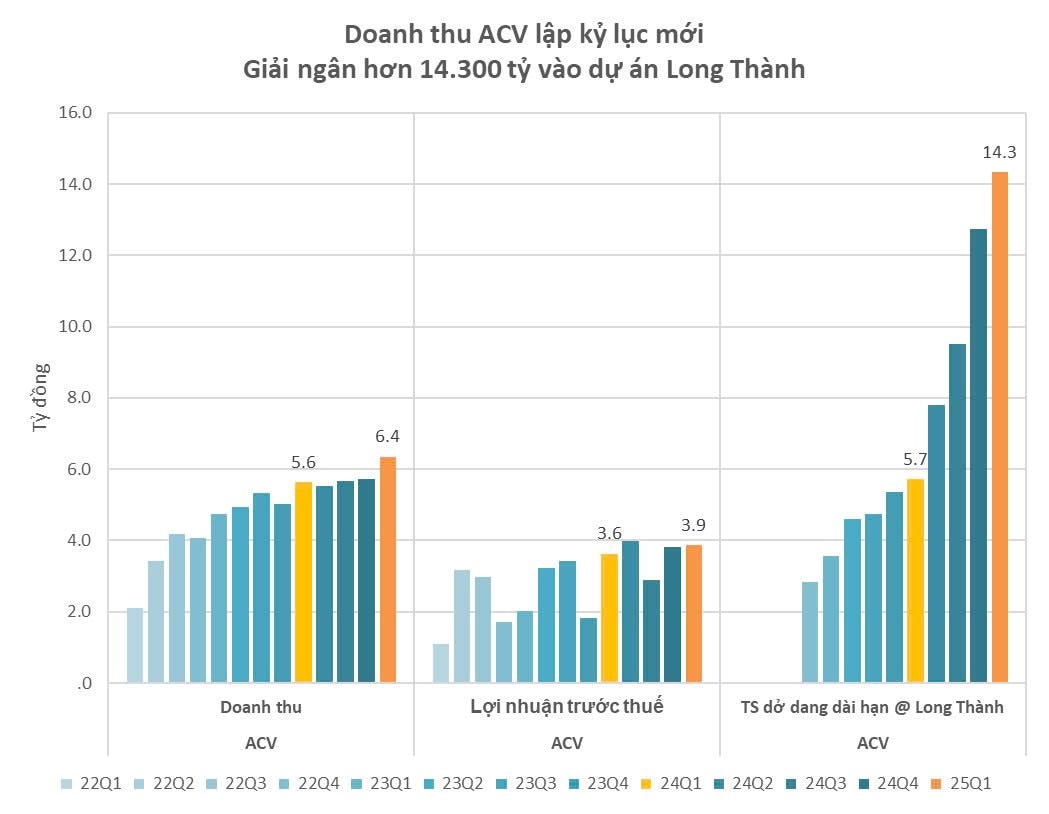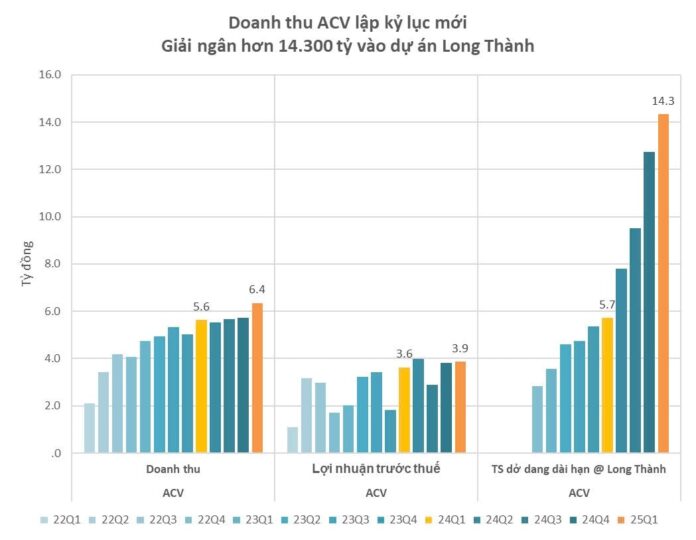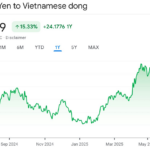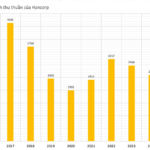Vietnam Airports Corporation (ACV) recently held its 2025 Annual General Meeting of Shareholders, approving a revenue plan of VND 22,239 billion, a 2% increase from the previous year. However, due to foreign exchange risks, ACV expects a 17% decrease in pre-tax profits, amounting to VND 10,531 billion.
This year, ACV aims to serve 119 million passengers, an 8% increase from 2024. This includes 45 million international passengers (a 9% increase) and 74 million domestic passengers (a 7% increase). The company also forecasts 1,577,000 tons of cargo and 722,000 take-off and landing operations.
First half of the year saw foreign exchange losses of over VND 1,000 billion
During the meeting, Mr. Nguyen Van Nhung, Chief Accountant, shared that the Japanese Yen to VND exchange rate has increased from 153 to 173 since the beginning of the year and is expected to rise further to 185 by the end of the year. As a result, ACV may record foreign exchange losses of up to VND 1,700 billion in 2025.
Mr. Nhung also informed that the company has already lost over a thousand billion in the first half of the year. The Chairman of the Board of Directors, Mr. Vu The Tiet, announced a pre-tax profit of VND 5,851 billion for the first six months, a 23% decrease from the previous year, mainly due to foreign exchange losses.
Despite these challenges, the international market has shown a strong recovery, especially in China, one of the largest and most promising international markets pre-pandemic. Other major international markets, including Japan, South Korea, Taiwan, Southeast Asian countries, Australia, and India, also maintained stable growth.
ACV currently holds a monopoly on aviation services for domestic and foreign airlines, including security, ground handling, passenger services, and take-off and landing services. The corporation is responsible for managing, coordinating, and investing in the operation of 22 airports across Vietnam, including 9 international and 13 domestic airports.
Borrowing 1.8 billion USD for Long Thanh Airport Investment
Another important topic at the meeting was the investment plan for Long Thanh Airport. ACV expects to invest approximately VND 39,828 billion this year. According to the plan, ACV aims to substantially complete the first phase of Long Thanh Airport by the end of 2025 and commence operations in 2026. Simultaneously, ACV will transfer 80-85% of international passengers and 10-15% of domestic passengers from Tan Son Nhat Airport to Long Thanh, enabling the new airport to serve 15-16 million passengers upon opening.
Mr. Tiet expressed his optimism that Long Thanh Airport will quickly reach its maximum capacity in the first phase, accommodating 20 million international and 5 million domestic passengers. The corporation has also prepared for the investment in the second phase, and Long Thanh Airport is expected to break even within 14 years.
To secure the necessary investment funds, ACV has borrowed 1.8 billion USD for the Long Thanh project from domestic banks. Currently, the banks have not disbursed the funds, and the company is utilizing its own capital of about 36,000 billion VND. Recently, ACV paid dividends at a rate of 64.58%, increasing its charter capital to 1 billion USD.

Regarding the listing of shares, the company shared that it received approval for the equitization settlement in February. On the matter of handling assets in the airport area, the ACV leadership is striving to complete this process comprehensively through capital increase, with the goal of finalizing it before December 31, 2026. Resolving this issue will enable the listing of ACV shares on the HoSE.
ACV Projects 23% Drop in 6-Month Profit: A $1 Billion Forex Loss Takes Its Toll.
On the morning of June 30th, the 2025 Annual General Meeting of ACV was held amidst a positive outlook for the aviation and tourism industries and accelerated progress on the Long Thanh International Airport project.
What’s in the $16 Billion Dong Nai Free Trade Area?
This is the first free trade zone to fully integrate a production ecosystem with airport-seaport logistics, trade finance, and high-tech industries. With direct access to Long Thanh Airport and Phuoc An Port, this zone offers unparalleled advantages for businesses looking to thrive in an efficient and well-connected environment.
A Seamless Journey: Avoiding the 5-Hour Tan Son Nhat – Long Thanh Transit Travesty
“The Long Thanh International Airport risks falling short of its potential as a regional development catalyst if its infrastructure lags behind. A disjointed connection to Ho Chi Minh City could hinder the airport’s operations, relegating it to merely a transportation hub rather than a dynamic growth engine.”





















